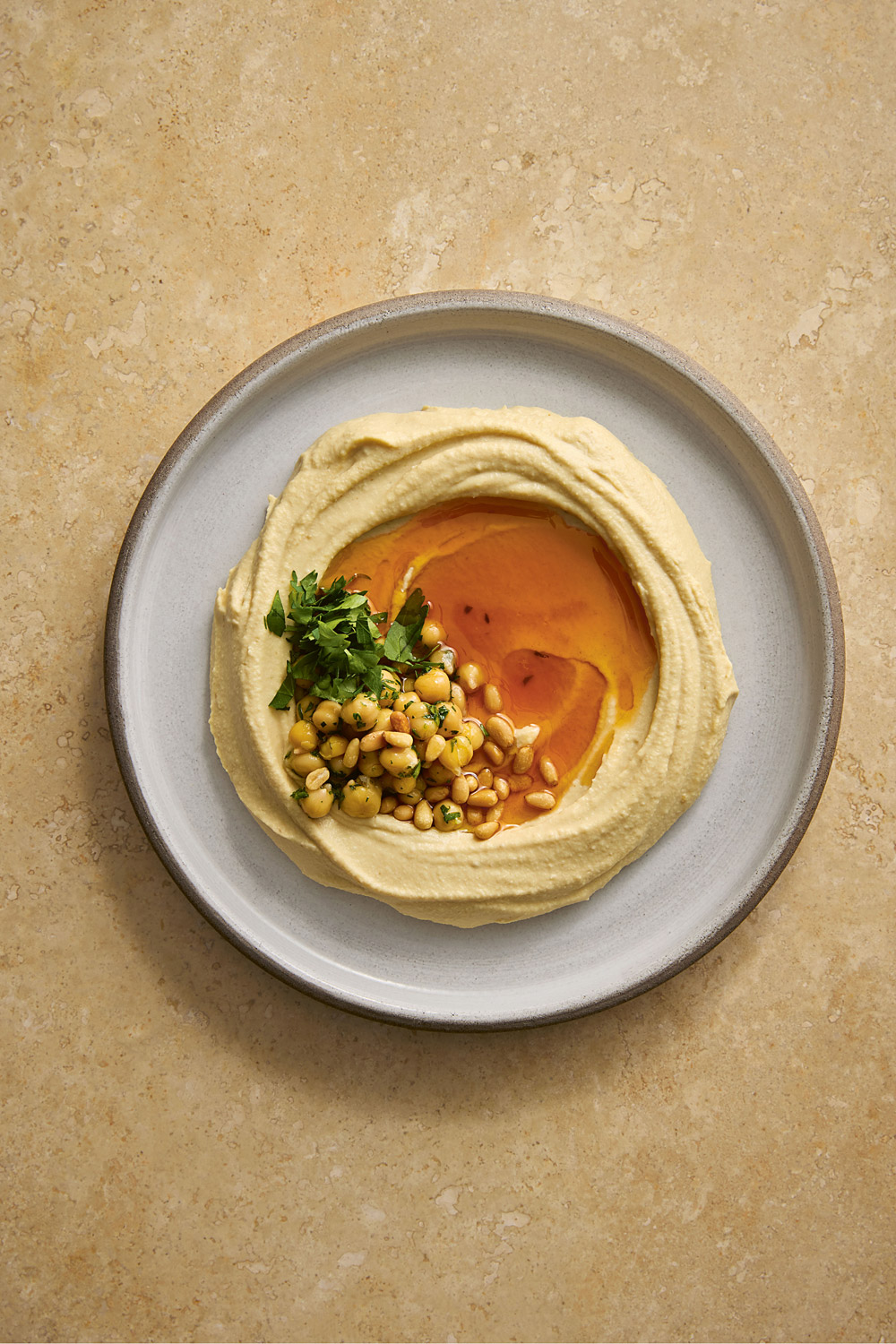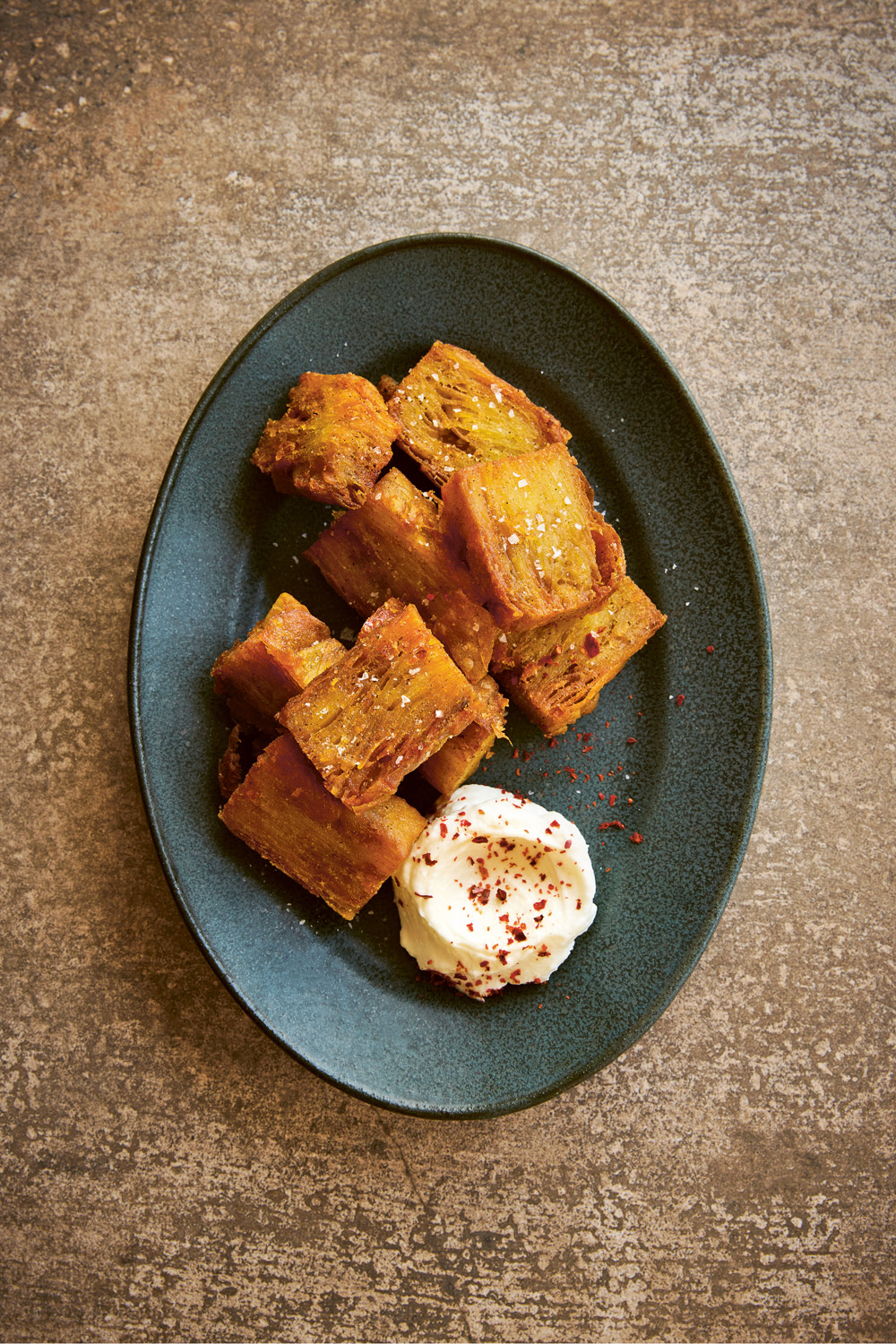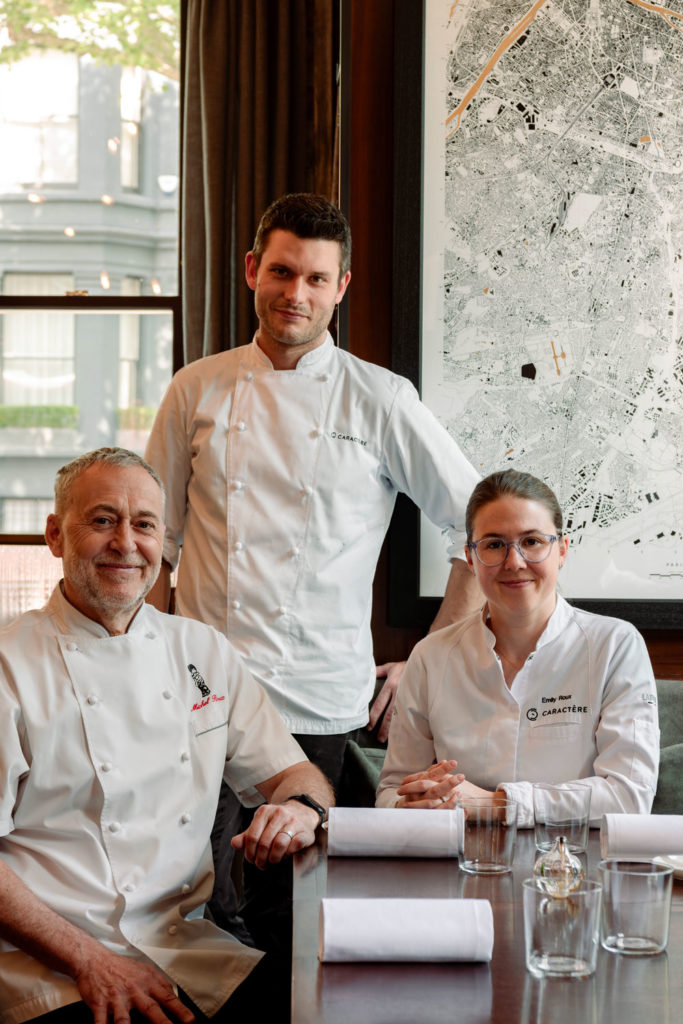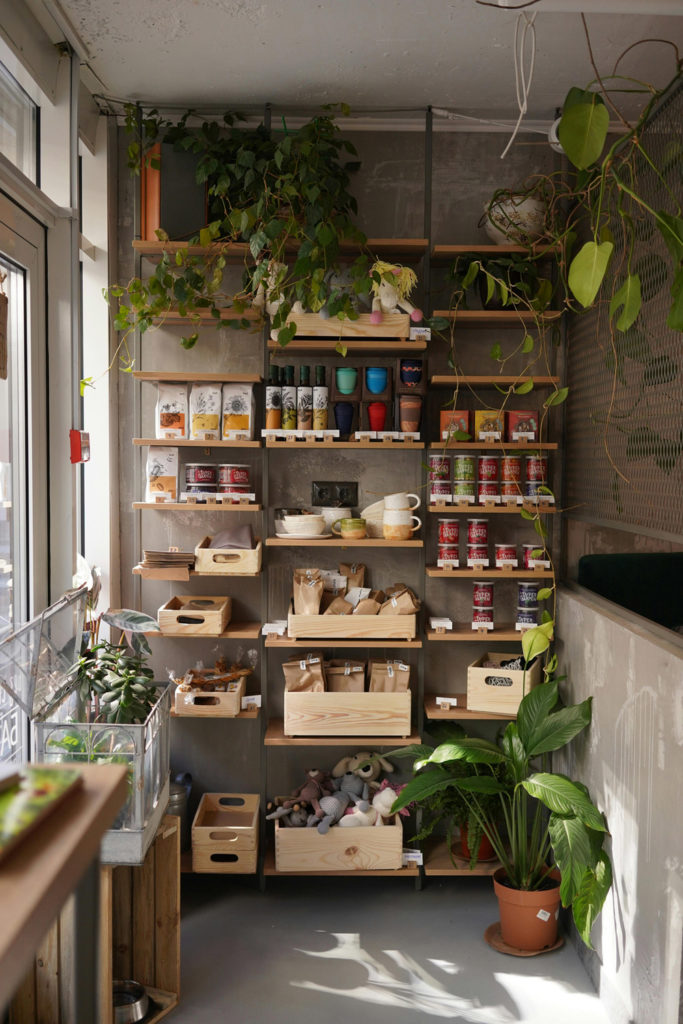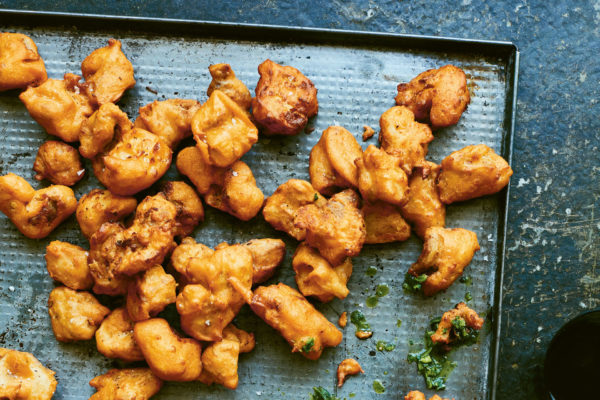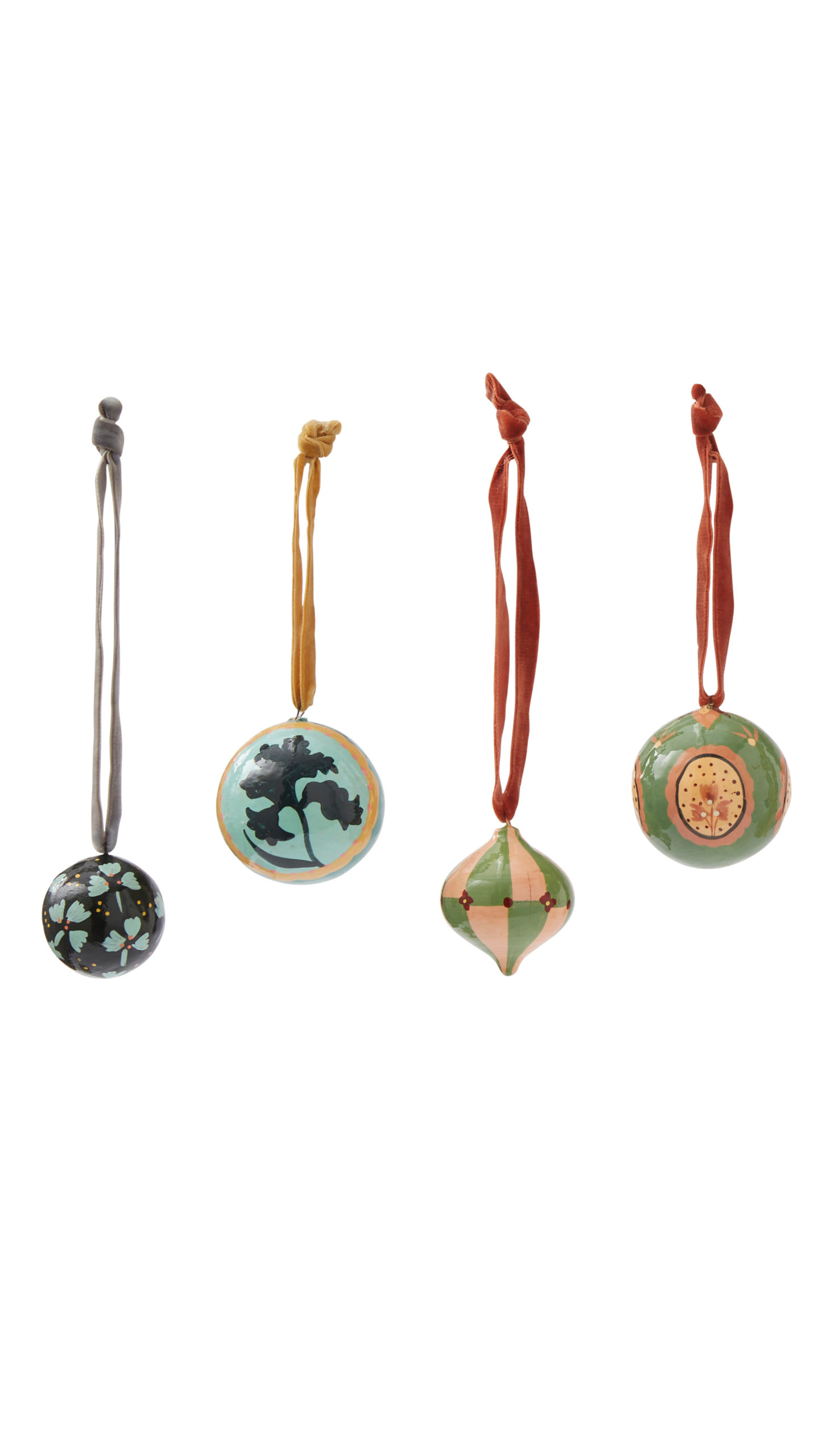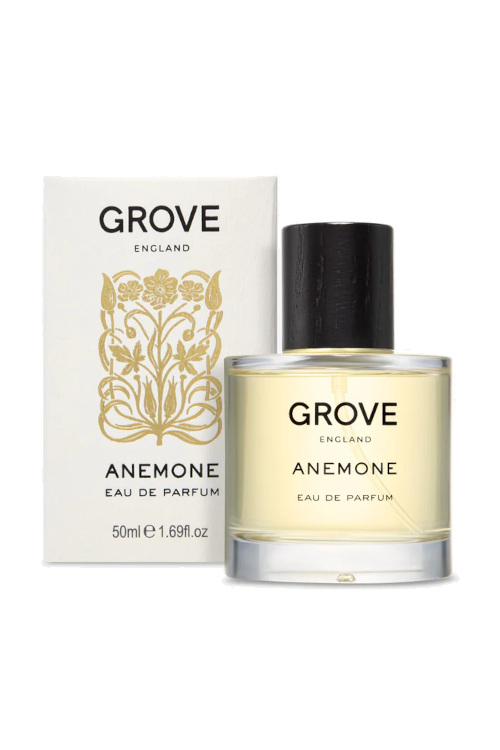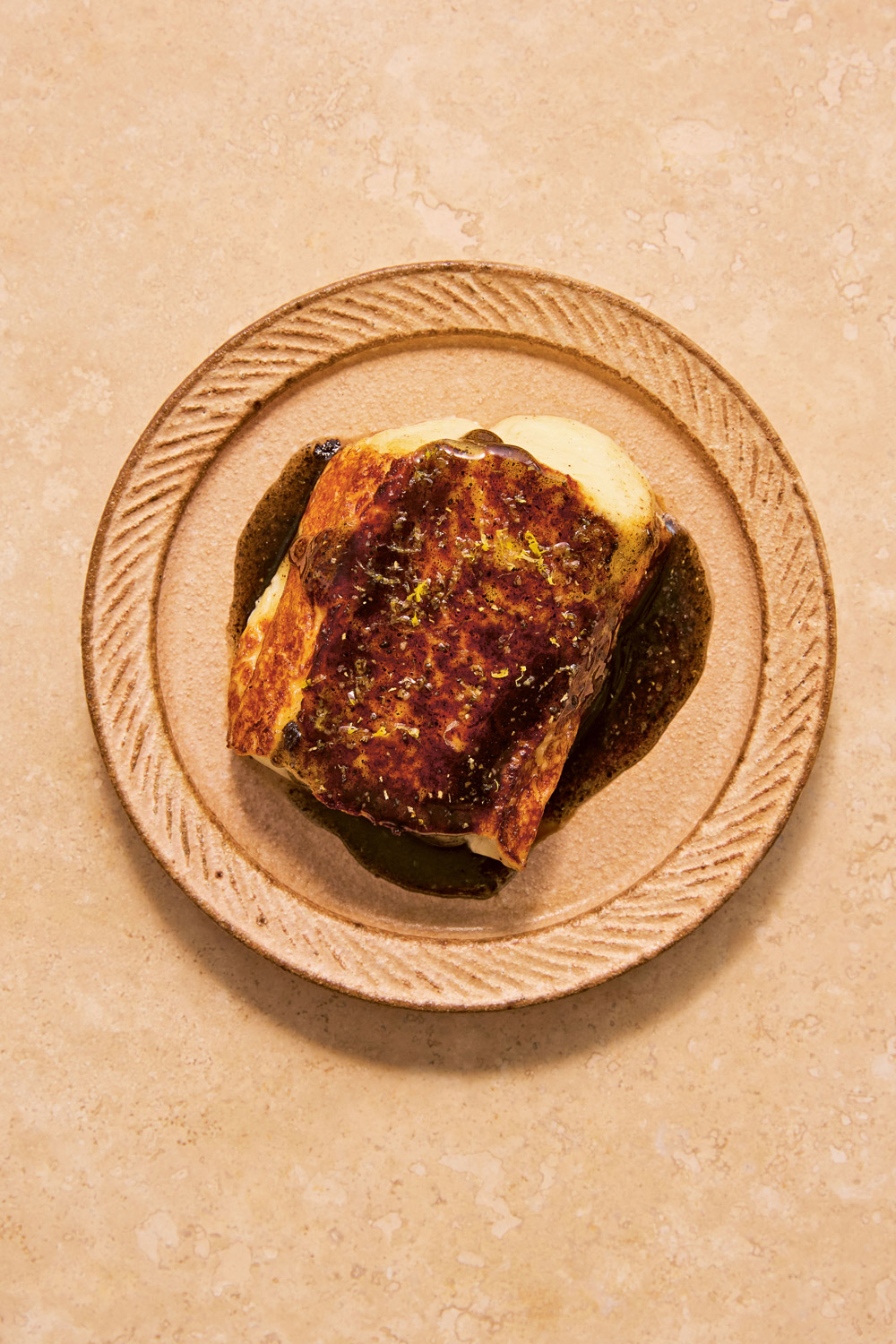
Bubala Shares The Recipes For Three Of Its Cult Dishes
By
13 minutes ago
The veggie hotspot has released its debut cookbook, and we've nabbed some of the recipes
Since beginning its life as a pop up in East London in 2018, Bubala has become one of London’s most in-demand restaurants, beloved for its vibrant Middle Eastern cooking. It’s veggie – but even the most vehement carnivores would struggle to be won over by its moreish dishes, now served across three outposts (Spitalfields, Soho and King’s Cross). And now, founder Marc Summers is sharing a selection of menu favourites in a new cookbook, Bubala: Middle Eastern-Inspired Vegetarian Recipes to Share. Below, we share three from the book which you can try yourselves this autumn/winter.
Three Recipes From London Hotspot Bubala
Halloumi With Black Seed Honey
‘This was a dish that, for all its simplicity, took approximately 16 attempts before we were happy with it. The combination of cheese and honey is a winner but we wanted to take it to the next level. After trying lots of different honeys and spices, and before giving up, we tried black seed honey and the rest is history. The honey recipe here will make enough for roughly two halloumi blocks – perfect for a larger serving size if you want to double the recipe, and it’s also delicious with a cheeseboard. See overleaf for recipe photo.’
Ingredients:
Serves 2–3
- 225–250g (8–9oz) block halloumi
- 1 tsp lemon juice and zest of
- 1 unwaxed lemon
- Flaky sea salt
For the black seed honey
- 1¾ tsp coriander seeds
- 2½ tsp nigella seeds
- 4 tsp whole black peppercorns
- ½ tsp urfa chilli flakes
- 125g (4½oz) clear blossom honey
Method:
- Preheat the oven to 180ºC/160ºC fan/350ºF/Gas mark 4.
- For the black seed honey, toast the coriander seeds in a dry frying pan (skillet) until fragrant and just changing colour, then transfer to a pestle and mortar with the nigella seeds, peppercorns and chilli flakes and roughly grind. Combine with the honey. Set aside. The recipe makes more than you need, so keep the remainder in a sealed jar in the fridge for up to 3 months.
- Heat a frying pan (skillet) over a medium heat, add the halloumi and fry on all sides until turning golden. Transfer to a baking tray and heat in the oven for 15 minutes.
- Drizzle with the lemon juice and generously spoon over the black seed honey (about 3 tablespoons is perfect). Sprinkle over a little lemon zest and a pinch of sea salt to serve.
Burnt Butter Hummus
‘This was inspired by my time in Australia. I tried this dish at Thievery restaurant in Sydney, when Julian Cincotta was executive chef. I was blown away by the combo. The rich burnt butter, which, let’s be honest, would be good on anything, complemented the hummus unbelievably. I knew that day, whatever Bubala was to become, it would have a Burnt Butter Hummus.’
Ingredients:
Serves 3–4
- ½ portion Mother Hummus (see below); reserve 4 tbsp of the cooked chickpeas (garbanzo beans) for the dressed chickpeas, below
- 2 tsp toasted pine nuts
- A few sprigs of parsley, leaves picked
For the dressed chickpeas
- 4 tbsp cooked chickpeas (from Mother Hummus, see below)
- Juice of ½ lemon
- Drizzle of olive oil
- A few picked parsley leaves, coarsely chopped
For the burnt butter topping
- 60g (2¼oz) unsalted butter
- Pinch of table salt
- Pinch of paprika
Method:
- For the dressed chickpeas, dress with the lemon juice, olive oil, and parsley. Mix well and set aside.
- For the burnt butter topping, melt the butter in a small saucepan over a medium heat. As it starts to foam, whisk until the milk solids have caramelised and it has started to smell nutty and has a light hazelnut brown colour. Pour off the butter (discard the solids) and season with the salt and paprika.
- To serve, spoon the hummus onto a plate and make a well in the middle. Fill the well with the burnt butter, top with the dressed chickpeas and garnish with the pine nuts and parsley leaves.
Mother Hummus
‘Over the years, having worked at some of the best Middle Eastern restaurants and tested pretty much every single hummus recipe there is, we believe this is the winner. But everyone else feels the same about theirs too. For us, it is about the temperature (cool), texture (completely smooth) and using the best tahini possible. The bicarb (baking soda) helps break down the natural pectins in the chickpeas (garbanzo beans), resulting in a quicker cook time and softer chickpeas.’
This recipe can be simply halved for the recipes that follow. It keeps covered in the fridge for up to three days.
Ingredients:
Serves 6–8 (Makes 520g/1lb 2½oz)
- 140g (5oz) dried chickpeas (garbanzo beans)
- Pinch of bicarbonate of soda (baking soda)
- 2 cloves of garlic
- 2 tbsp plus 1 tsp lemon juice
- ½ tsp cumin seeds
- Scant tsp table salt
- 55g (2oz) tahini
- Sea salt and freshly ground
- Black pepper
Method:
- Soak the chickpeas for at least 6 hours or overnight in a large container, with three times their volume in water. The next day, strain off the water, cover with fresh water (again three times the volume), adding the bicarbonate of soda; see note, above. Bring to the boil, turn the heat down and simmer until the chickpeas are cooked. They should be completely soft with no bite, with most of the chickpea skins coming away from the peas. This should take around 2 hours.
- When you drain them, make sure to keep the cooking liquid, or aquafaba. You will need about 110ml (3¾fl oz) aquafaba for this recipe. You should end up with about 280g (10oz) cooked chickpeas.
- Put the cooked chickpeas, garlic, lemon juice, cumin seeds, measured aquafaba and salt in a blender and blitz until completely smooth, scraping down the sides of the blender jug a few times. This could take 5–10 minutes.
- Add the tahini and blend for a few more minutes, then taste and check for seasoning, adjusting as needed. The hummus should have a pillowy, silky-smooth texture. It can be a little thinner than desired at this stage as it will thicken in the fridge.
Potato Latkes
‘London-based restaurant critic Jay Rayner coined these the most inauthentic latkes ever seen. He’s not wrong. These are inspired by the classics, served at the famous Quality Chop House in London, and they’ve been on our menu since our first-ever pop-up. We serve them with the mind-blowingly garlicky, Turkish condiment toum – which can really be paired with anything, if you have leftovers. These are the perfect side to any meal. It’s best to start this the day before you want to serve the latkes, as the potatoes need to be cooled and chilled before cutting.’
Ingredients:
Makes 12
- 800g (1lb 12oz) chipping potatoes such as Maris Piper or King Edward
- 125g (4½oz) unsalted butter
- Small handful of thyme leaves
- 3 cloves of garlic
- 1 tsp table salt
- 1 tsp crushed black peppercorns
- Rapeseed (canola) oil, for shallow frying
- Pinch of aleppo chilli flakes, to serve
- Pinch of flaky sea salt, to serve
For the toum
- 1 medium egg white
- 100g (3½oz) peeled garlic (about 30 cloves)
- 3 tbsp lemon juice
- 1½ tsp flaky sea salt
- 300ml (10½fl oz) rapeseed oil
Method:
- Peel the potatoes and slice them very finely, using a mandolin, to a width of about 3mm (⅛in). Put in a large bowl.
- Melt the butter in a pan, add the thyme leaves and garlic and leave on a low heat for about 10 minutes to allow the flavours to infuse. Remove from the heat, strain through a sieve (sifter), then pour the strained butter mixture over the sliced potatoes. Season with the salt and crushed pepper and mix until well combined. Set aside.
- Preheat the oven to 180ºC/160ºC fan/350ºF/Gas mark 4. Line a 40 x 30cm (16 x 12in) baking tin with baking paper, then add the potato slices in even layers. Cover with more baking paper and place a second baking tin, slightly smaller than the tin holding the potatoes, on top to weigh down the potatoes as they cook. Cook in the oven for 90 minutes, or until a knife passes through easily.
- Cool, then transfer to the fridge and add heavy weights, such as full cans or jars, on top of the baking tin. Leave to chill until completely cold.
- Meanwhile, for the toum, put the egg white, garlic, lemon juice and salt in a blender and blend until completely smooth. Slowly drizzle in the oil, blending well between additions, until the toum is thick, creamy and emulsified. Set aside. Any unused toum can be kept covered in the fridge for up to 3 days.
- Turn the potatoes out of the tin. To portion the latkes, trim off the edges, then cut into 12 portions measuring about 5 x 8cm (2 x 3¼in) and 2.5cm (1in) deep.
- Heat 1cm (½in) rapeseed oil in a frying pan (skillet) and, working in batches if needed, shallow fry the latkes until they are golden on both sides, 5–10 minutes. Transfer to a plate lined with paper towels to absorb the excess oil. To serve, stack the latkes on a plate, adding a generous dollop of toum alongside, and sprinkle with the aleppo chilli flakes and flaky sea salt.
From Bubala: Middle-Eastern Inspired Vegetarian Recipes to Share by Marc Summers (Quadrille, RRP £28). Photography © Patricia Niven.

